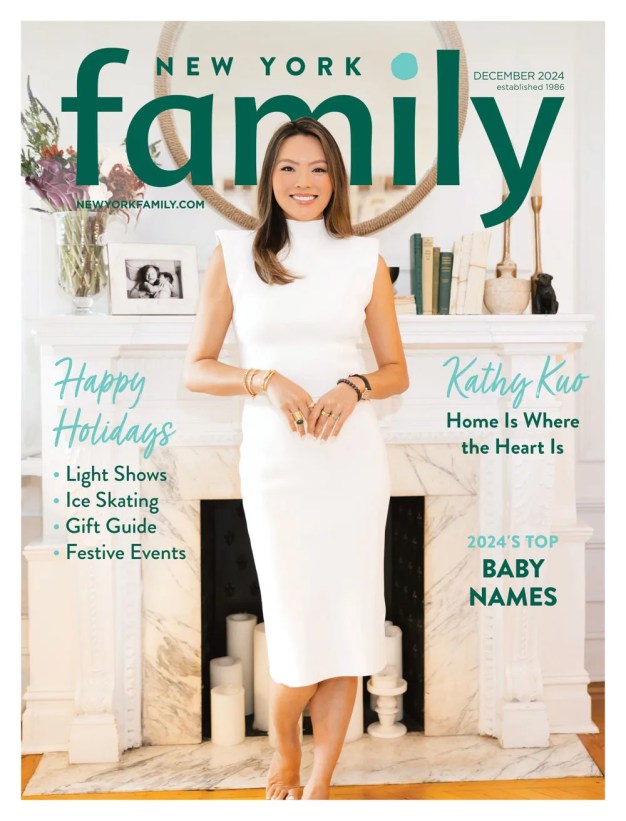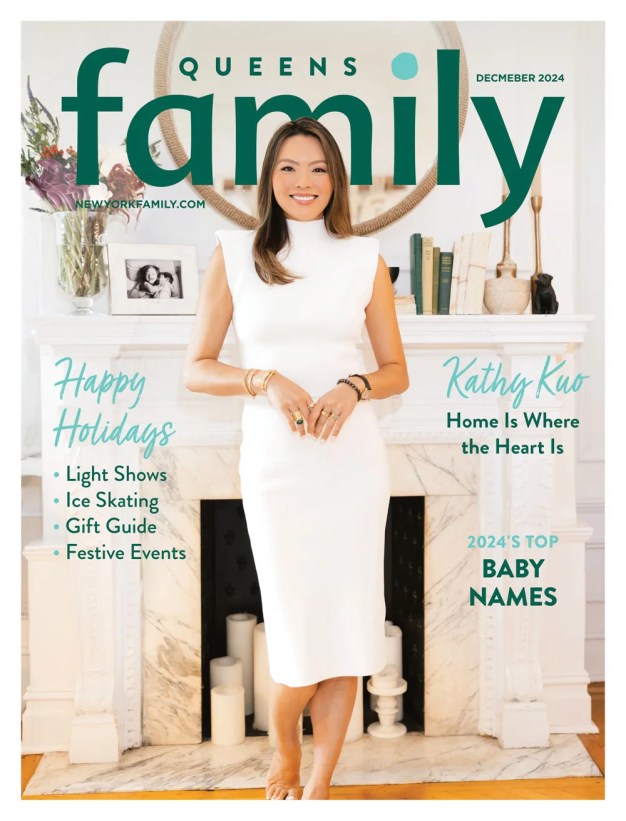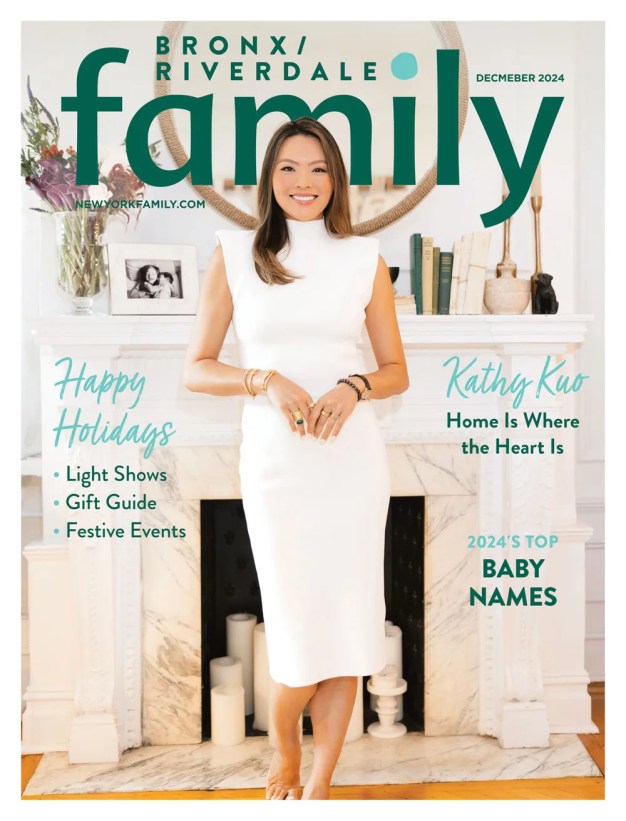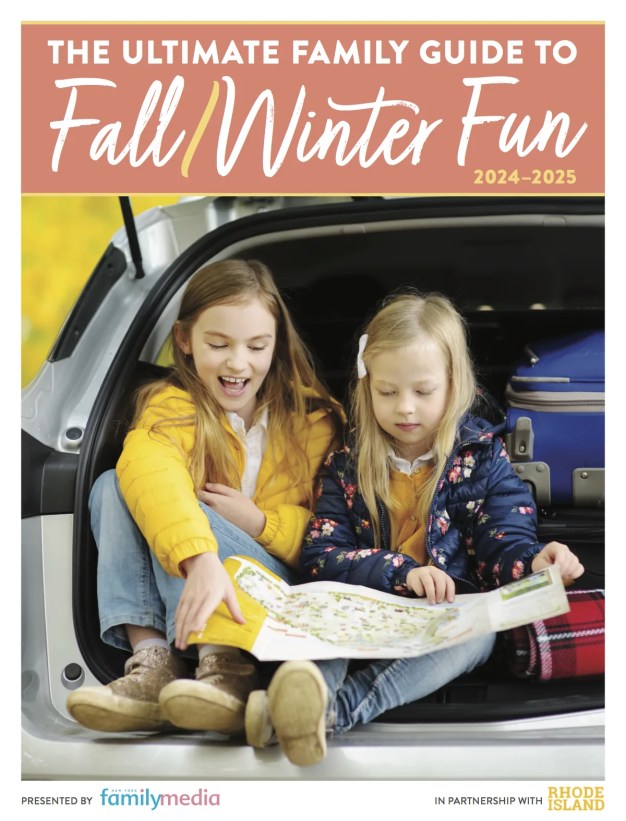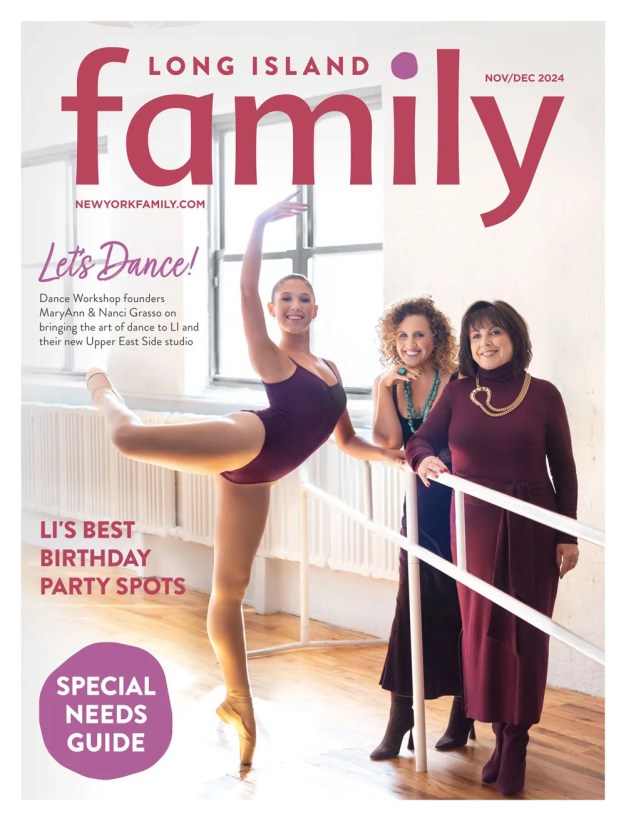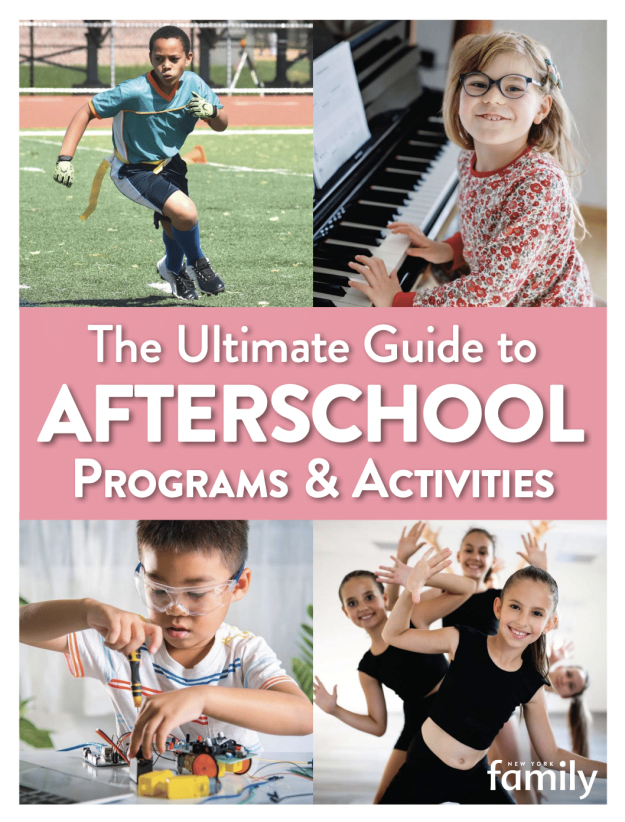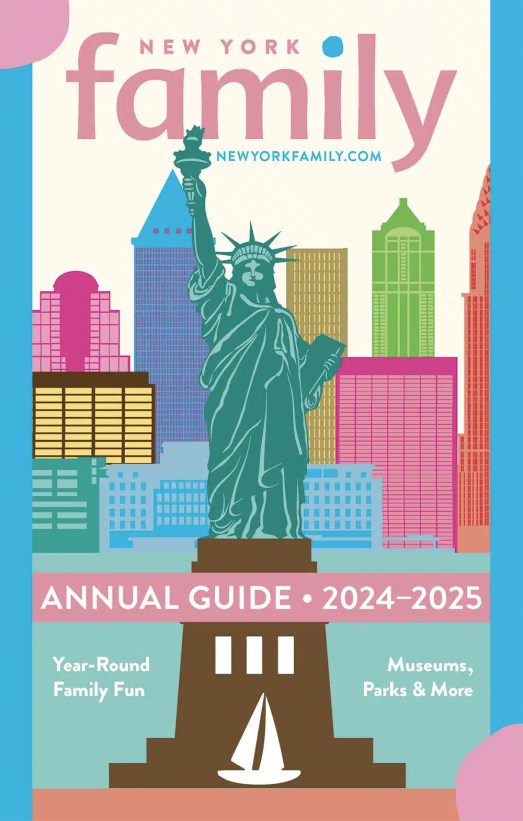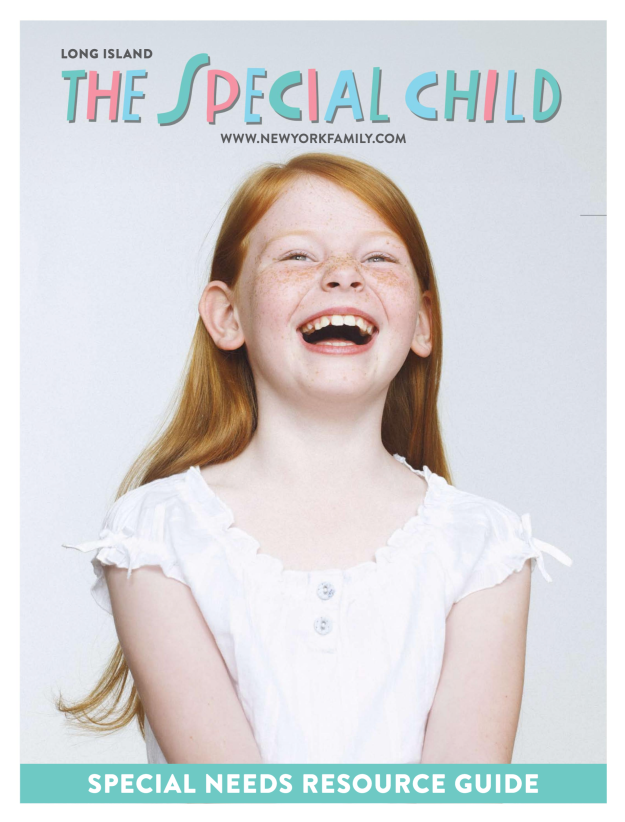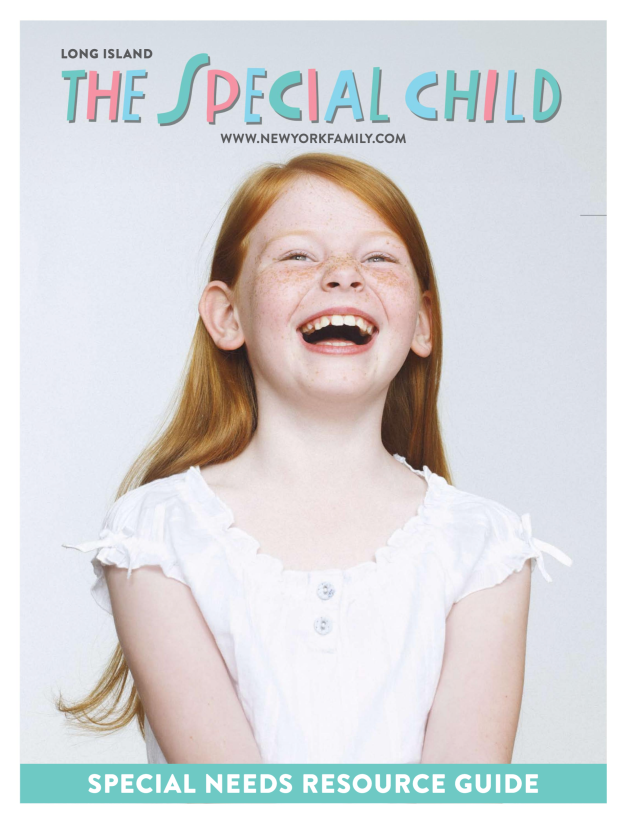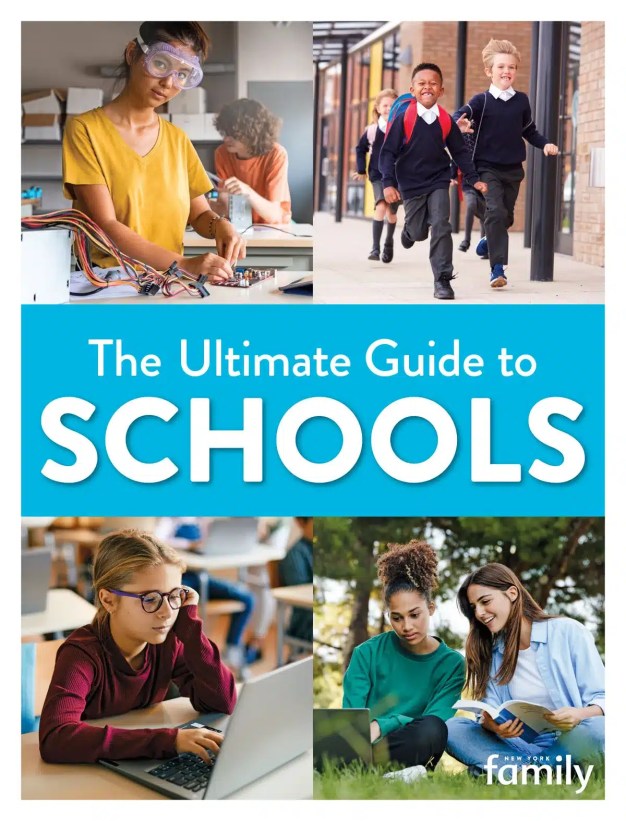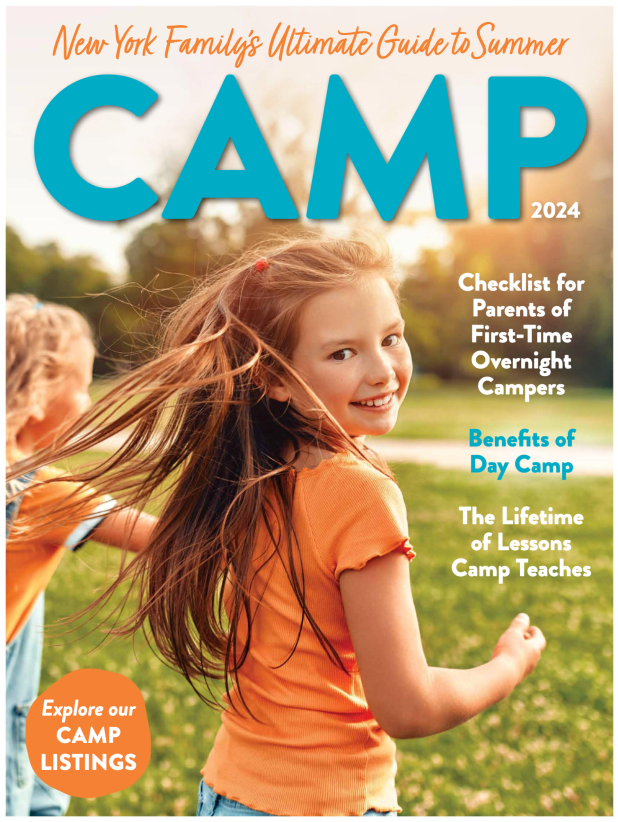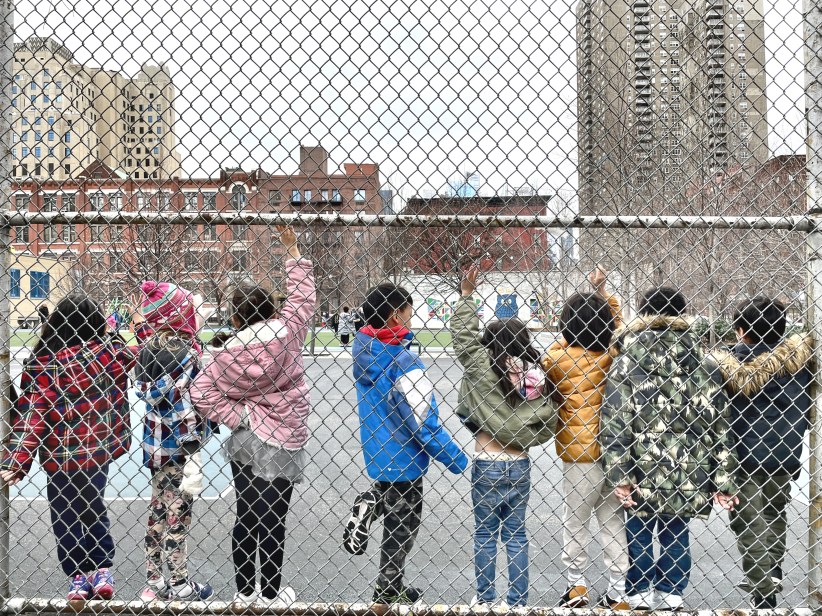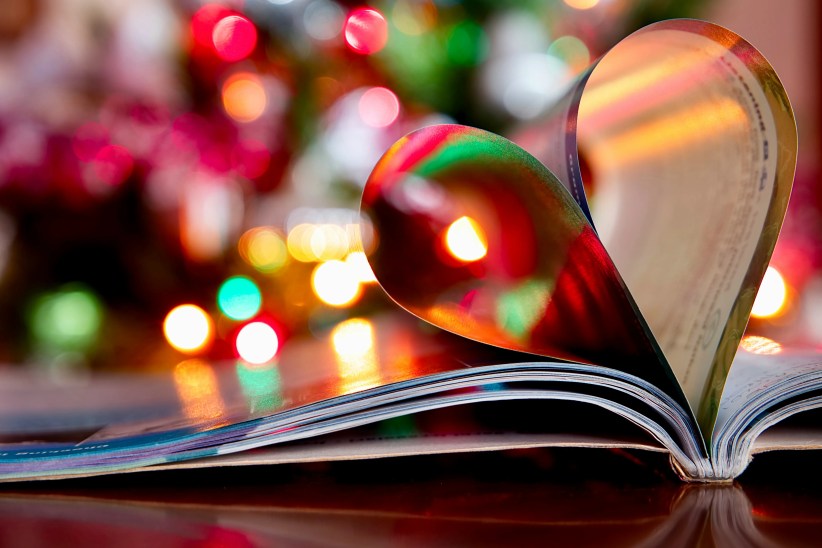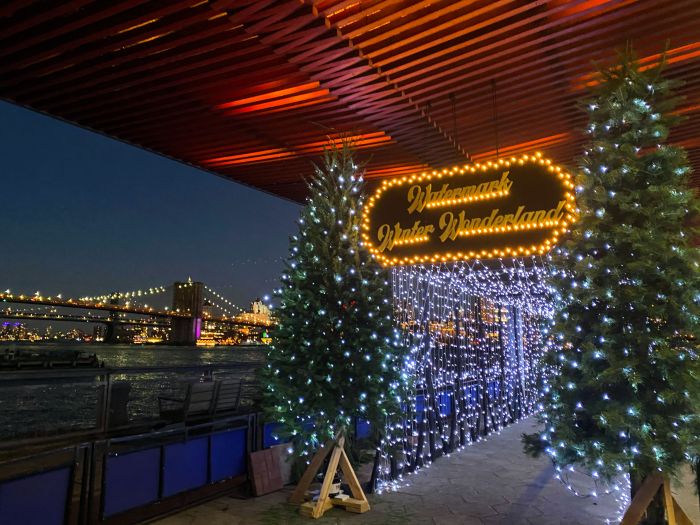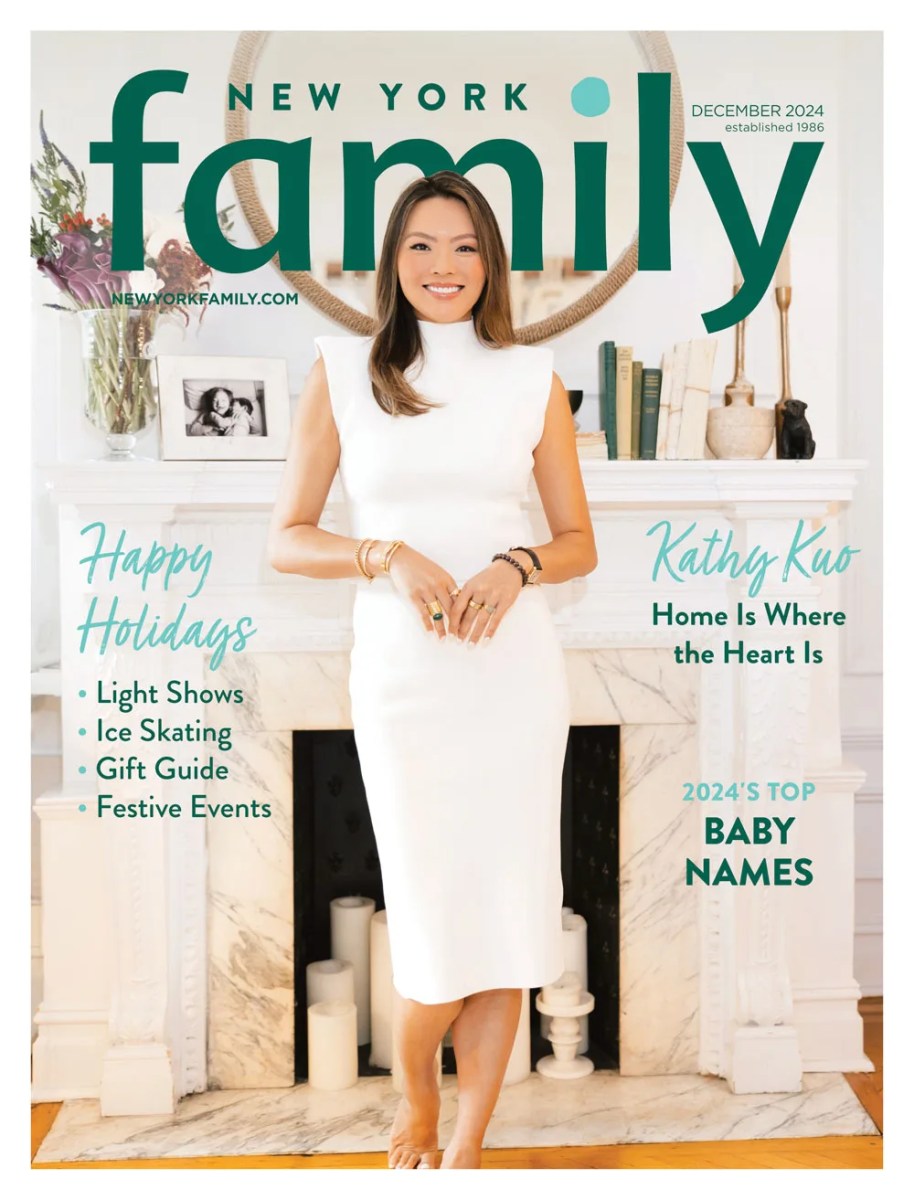At a time when the New York City public school system is under so much criticism and revision, working families have found an alternative in the Catholic school system. These schools have historically been the ones to reach out to and support communities in need.
Years ago, hundreds of thousands of immigrants came to the New World to have a fresh start. They put in long hours at low-level jobs, striving for greater opportunity and a better life for their children. It was a financial sacrifice for these immigrants to send their children to Catholic schools, rather than through the public school system, but to them, it was well worth it.
The public schools in their working-class neighborhoods were largely overcrowded and not necessarily providing top-notch education. In order to be more assured that their children would be taught their values — including discipline, which was a rigorous part of their children’s life at home — they decided to send their children through a parochial school system, even if it meant struggling to find the extra money to pay for it.
In the early days of the immigration wave, it was primarily Irish and Italian immigrants that sent their children to Catholic parochial schools. As the years went by and new immigrants came from more countries and continents, the demographic shifted and one didn’t necessarily have to be Catholic to choose this educational option. As a result, many Catholic schools throughout the city have continued as an integral part of our citywide school landscape.
Currently, Catholic schools serve more than 160 nationalities. With each wave of immigration — Hispanic, Asian, Slavic and many others — Catholic schools offer diversity. These schools are not just racially diverse; there is also religious diversity in the Catholic school system. In fact, non-Catholics comprise about one quarter of the student body.
“Catholic schools are not just meant for the faithful. We are here to grow faith by building community and reaching out to those in need,” says Tom O’Brien, of the Brooklyn Diocese, which is involved in raising scholarship funds to help families offset tuition. “But not every Catholic school family is in great economic need. Our demographic is changing. We have seen an influx of middle income families who choose Catholic school because of the class size, excellence in education, and for a safer environment than what most parents think the neighborhood public school would offer.”
Patty, a public school teacher from the Bronx, sends her son Ronald to a Catholic elementary school.
“The environment stresses academics and doing the right thing,” she says. “The teachers set high standards for the children. They are expected to do well and they rise to the occasion.”
Many Catholic school students are the first ones in their families to graduate from college. In low-income neighborhoods, this means that the school is providing the lion’s share of educational support for children who do not have access to private tutoring or help at home.
There is a 99 percent graduation rate for Catholic high schools, followed by a 97 percent college graduation rate for those who graduated Catholic high school. Compared to the 41 percent public high school graduation rate, Catholic school students have a better success rate. They are guided up the ladder of growth and achievement, making a real difference for present and future generations. Overall, Catholic school seems to outperform public school and is a viable, less-expensive system of education in the private sector.
In fact, the only two private schools in New York State that were designated by the U.S. Department of Education as Blue Ribbon — a program that honors public and private elementary, middle, and high schools whose students achieve at very high levels, or schools that make significant progress in closing the achievement gap — in 2011 were both Catholic schools in the Archdiocese of New York. The honorees were St. Ignatius Loyola School on E. 84th Street in Manhattan and St. Ignatius on Mott Street in Manhattan. This year’s honorees show the excellence in education and the diverse population served by Catholic schools. The incentives for getting a Catholic school education are different than what they used to be, and this is changing the demographics of Catholic school students.
“Families that don’t have money don’t usually have many choices. We needed to find a school with the right mix for Benny. He really wanted to play baseball. The only school that we could find to bridge the gap was a Catholic school. We are all very happy with the switch,” says Elizabeth, a Brooklyn mother of two, who chose to send her son to a Catholic school with solid academics and a baseball program.
Likewise, Patty, of East Harlem, sends her daughter Amber to a bilingual Catholic school.
“My daughter goes to a school that gives her [education] in both languages,” says Patty. “Sure, they speak the same languages in the public school around the corner, but it is unofficial. The public school does not have the same structure.” Amber’s Catholic school is also closely related to other parish activities and offers bilingual masses, events and service projects for the community. This makes the Catholic school a great way for Patty and Amber to meet people of similar backgrounds and build a community. Parochial schools celebrate the tradition of faith, family and community.
Unfortunately, keeping these schools open has become a challenge. The Catholic school sector is no different than any other, and closings have been publicized. In response, Catholic schools are researching and developing new educational business models. Some Catholic schools have closed their doors, only to reopen as academies. For example, in South Ozone Park, the Nativity of the Blessed Virgin Mary School and St. Stanislaus Bishop and Martyr School closed their doors, only to be succeeded by the Divine Mercy Catholic Academy. Because the school involves more than one parish, the school is called an academy to differentiate it from a single-parish school. Since 2005, the Brooklyn Diocese has opened many Catholic academies in Brooklyn and Queens.
The Brooklyn Diocese has also implemented the program “Preserving the Vision.” The name means exactly what it says: preserving what has always been an integral part of Catholic life: the education of children. This vision includes developing schools that will be better able to meet the diverse and changing needs of students and parents, and providing competitive compensation and benefits to teachers and staff.
Even though two schools in the Archdiocese of New York have won the 2011 Blue Ribbon Award, the organization is still committed to improving. The Archdiocese has initiated the “Pathways to Excellence” program, aimed at professional development for principals, teachers and staff at schools that already do outstanding work. Because of the diverse population, there is still more than can be done to close the achievement gap. The program is aimed at raising standardized test scores and providing teachers with new classroom tools, such as the digital teaching program for fourth and fifth grade math, “Time to Know,” which provides online learning, data collection and feedback for the school.
Personally, I am proud to share that my fondest childhood memories revolve around a humble beginning, in a humble neighborhood. My siblings and I attended a Catholic elementary school, Our Lady of Victory, for eight years. I am pleased that Catholic schools are committed to remaining vibrant institutions for generations to come.
Candi Sparks is the author of children’s books about money including “Can I Have Some Money? Educating Children About Money,” “Max Gets It!” and “Nacho Money.” She is a Brooklyn mother of two and is on Facebook (Candi Sparks, author) and Twitter (Candi Sparks, author). Her website is www.candisparks.com.
